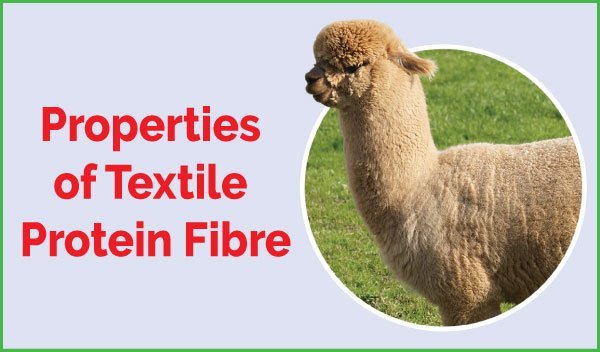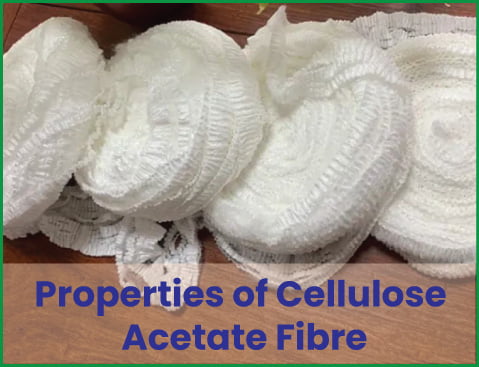List of all Textile Fibres
A natural or synthetic filament which may be spun into yarn that makes fabric such as cotton or nylon is called Textile Fibre. Fabrics are further classified by their composition and can be divided into: Animal: Derived from and animal source. Vegetable: Derived from a plant. Natural: Derived from a plant, animal or other sources. polymer: This […]






